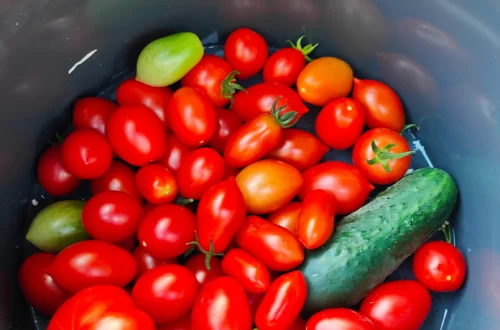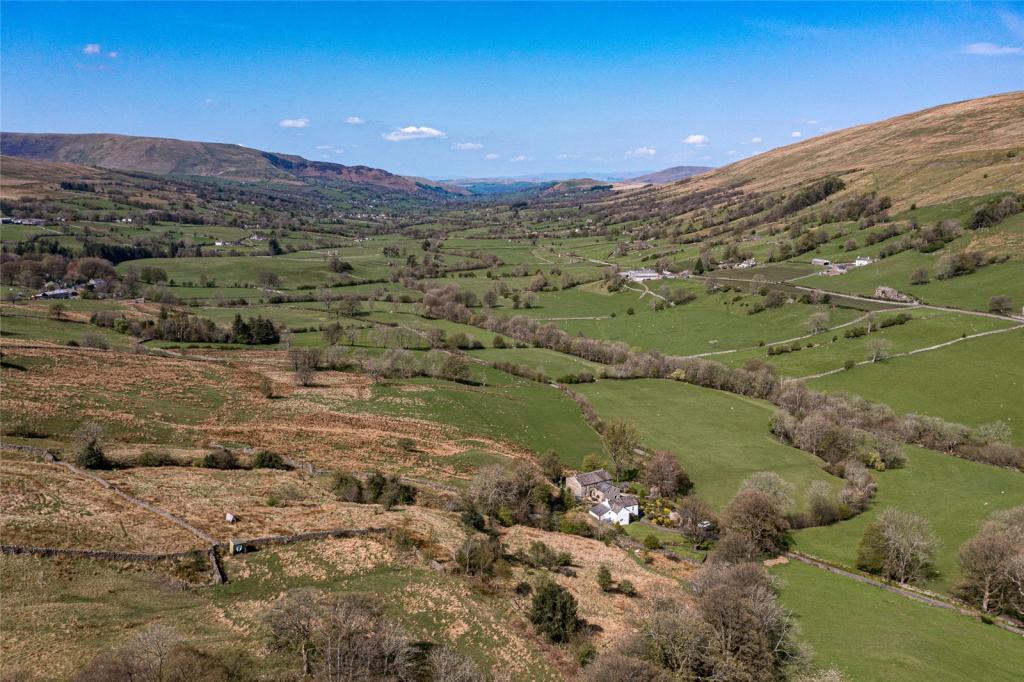Grazing Pressure
Grazing pressure has transformed our world and it must be used again to transform it once more. The Sahara was created by grazing pressure and is expanding as a consequence. The same applies to the American dust bowl. The Highland clearances combined with the removal of predators like Lynx and Wolves have devastated Scotland. That perceived magnificent scenery is man made.
The Lake District should be covered in Atlantic rain forest. Samuel Johnson once complained bitterly that his beloved “Peak District had been ruined by cutting down all the trees and building thousands of miles of hideous dry stone walls”.
Although the title of this post is simple “grazing pressure” I am including grazing of plants other than grasses here. That includes tree leaves, seedlings and even water plants. this is more accurately called browsing. It is not just cows sheep and rabbits that do the damage. So do goats, deer and other small mammals. Our insatiable demand in the west for meat has changed our world. We have also hunted other large predators almost to extinction.
What is the Grazing Pressure Problem?
In an open field on an intensive grazed farm you do not see saplings, brambles or shrubs. Every environmental pressure is stacked against them. The number of grass species will be very low. The sward will (or should be) mostly Ryegrass, possibly with some clover and there may be a few other grasses in there too.
It is almost a monoculture, fuelled by pretty hefty applications of nitrogenous fertiliser and slurry and maybe other manures too. Additionally there is a great deal of footfall, possibly mowing or topping (just another form of grazing) chain harrowing and rolling. Mamals and birds have no hope of making a home there.
Lets Have a Look at the Various Habitats Affected by Grazing Pressure
Grazing pressure also applies to rough grazing, the uplands and hills, heathland and marshes and importantly to all woodland. Here are some comments on the current state of the UK countryside.

